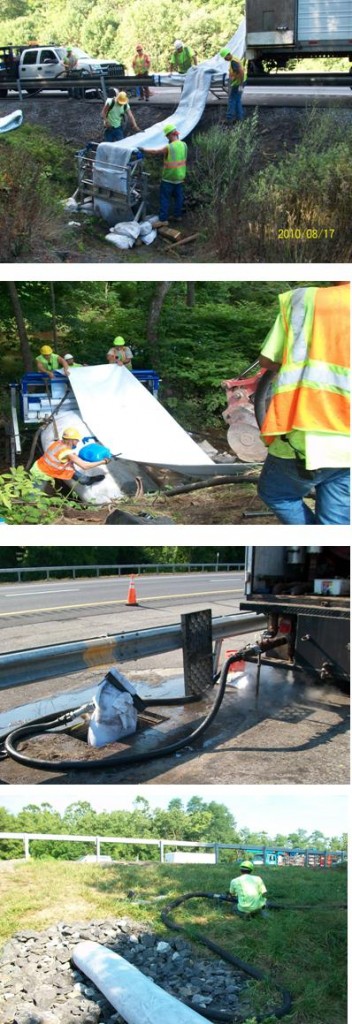 Forty (40) corrugated and concrete pipe culverts, ranging in size from 18 inches to 48 inches, were lined using cured in place liners. This contract was the first time the Albany Division put cured in place lining out for bid.
Forty (40) corrugated and concrete pipe culverts, ranging in size from 18 inches to 48 inches, were lined using cured in place liners. This contract was the first time the Albany Division put cured in place lining out for bid.
Laberge Group was tasked with overseeing this project. The contractor performed preliminary inspection of the target culverts by cleaning the culverts of all debris and then captured video via crawler to determine if there were any problematic deformations, protrusions, separations or extreme section loss that would compromise the lining process. Most separations and deformations were within the design criteria. Certain extrusions (sharp edges) were eliminated to ensure the integrity lining process.
The video data gathered on each culvert was used for the design of the liner. Specific design criteria included:
- Percent of ovality of existing pipe;
- Degree of pipe deterioration;
- Length and diameter of pipe;
- Hydraulic loads due to ground water, soil density, live loads; and
- Minimum/maximum diameters of host pipes.
Once the specific design of each culvert was complete and reviewed, custom manufacturing of the resin impregnated liner was initiated. Liners are generally manufactured within two weeks depending on the size and length. The larger and longer the required liner, the thicker the liners need to be which increases the amount of resin and catalyst required. Once completed, the liners are shipped in a refrigerated tractor trailer to the culvert location. Placement of the liner begins by fitting the liner to a “feeder” stand and inserting the bag into the pipe using compressed air. Air is generally used for sizes up to 24 inches; larger sized liners are pulled through the culvert. Once in place, the liners are inflated and the introduction of steam is used to begin the curing process.
The steam is introduced by gradually increasing the temperature to approximately 215 degrees over a 30 to 45 minute period, this allows for gradual curing of the resin into the liner without blistering. Temperature is held at peek temperature for up to 1 hour then gradually decreased over a 30 minute period. Once done, the installed liner is cut out flush with the pipe ends.


